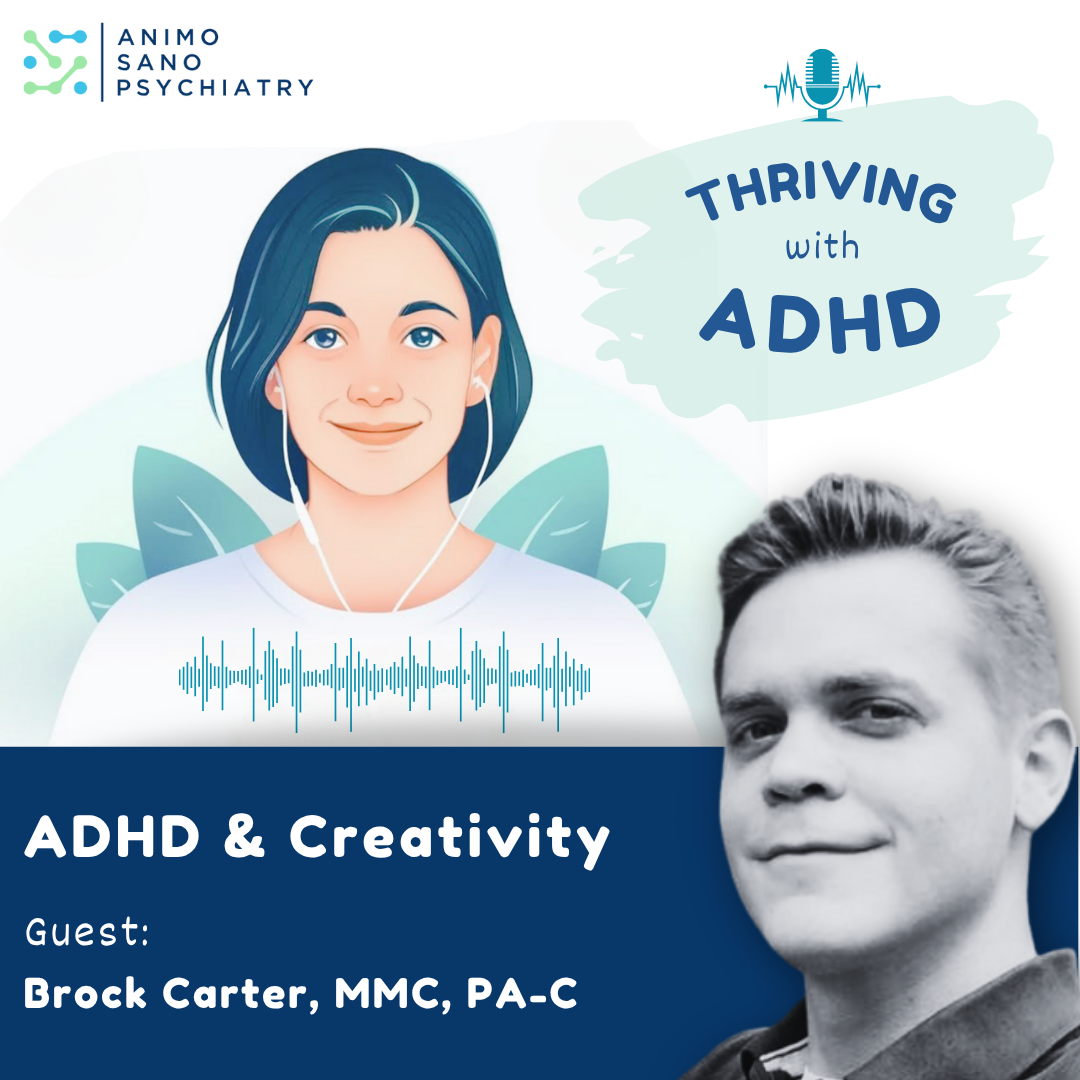
Attention-Deficit/Hyperactivity Disorder (ADHD) is a neurodevelopmental condition characterized by patterns of inattention, hyperactivity, and impulsivity that interfere with functioning or development. Historically, the term Attention Deficit Disorder (ADD) was used to describe individuals with attention difficulties without hyperactivity. However, in the current Diagnostic and Statistical Manual of Mental Disorders, Fifth Edition (DSM-5), ADD is no longer a separate diagnosis; instead, it is considered a presentation of ADHD.
What Is ADHD?
ADHD is defined as a persistent pattern of inattention and/or hyperactivity-impulsivity that interferes with functioning or development. The condition manifests in various ways, leading to different presentations:
- Predominantly Inattentive Presentation: Individuals primarily exhibit symptoms of inattention, such as difficulty sustaining attention, forgetfulness, and disorganization.
- Predominantly Hyperactive-Impulsive Presentation: Individuals mainly display hyperactivity and impulsivity, including fidgeting, interrupting others, and difficulty remaining seated.
- Combined Presentation: A combination of inattentive and hyperactive-impulsive symptoms.
The term “ADD” is often informally used to refer to the Predominantly Inattentive Presentation of ADHD.

Who Is Impacted by ADHD? Prevalence and Demographics
ADHD is one of the most common neurodevelopmental disorders in children. According to the Centers for Disease Control and Prevention (CDC), approximately 11.4% of children aged 3–17 years in the United States have been diagnosed with ADHD. The average age of diagnosis is 7 years, with more severe cases often identified earlier.
ADHD is more frequently diagnosed in boys than girls; however, this may be due to differences in symptom presentation. Girls are more likely to exhibit inattentive symptoms, which can be less disruptive and, therefore, less likely to be recognized.
Diagnostic Criteria for ADHD
The DSM-5 provides clear guidelines for diagnosing ADHD, emphasizing the presence of persistent symptoms that impact daily functioning:
- Inattention: Six or more symptoms (for children up to age 16) or five or more (for adolescents 17 and older and adults) persisting for at least six months.
- Hyperactivity and Impulsivity: Six or more symptoms (for children up to age 16) or five or more (for adolescents 17 and older and adults) persisting for at least six months.
To meet the diagnostic criteria, symptoms must occur in at least two different settings—such as home, school, or work—and significantly interfere with social, academic, or occupational functioning.
ADHD Treatment

Effective management of ADHD usually involves a combination of treatments:
- Medication: Stimulant medications, such as methylphenidate and amphetamines, are commonly used to help reduce the core symptoms of ADHD. Additionally, non-stimulant medications like atomoxetine and guanfacine offer alternative options, especially for individuals who may not tolerate stimulants or have specific medical considerations.
- Behavioral Therapy: Behavioral interventions assist individuals in developing coping strategies and improving their daily functioning.
- Educational Support: Providing accommodations in school settings helps children with ADHD manage their symptoms and achieve better academic outcomes.
The Broader Impact of ADHD on Society
ADHD affects more than just the individual; its consequences extend into various aspects of society.
- Economic Burden: The annual societal cost associated with ADHD in the United States is estimated to be in the hundreds of billions, driven largely by higher unemployment rates and reduced productivity among adults living with the condition.
- Access to Care: Despite the availability of effective treatments, a significant number of children with ADHD still do not receive the specialized care they need, highlighting ongoing gaps in healthcare access.
Conclusion
Understanding the nuances between ADHD and its presentations, including what was formerly referred to as ADD, is crucial for accurate diagnosis and effective treatment. Recognizing the diverse ways ADHD manifests can lead to better support systems and outcomes for those affected.
Responsibly edited by AI
Other Blog Posts in
Animo Sano Psychiatry is open for patients in North Carolina, Georgia and Tennessee. If you’d like to schedule an appointment, please contact us.
Get Access to Behavioral Health Care
Let’s take your first step towards. Press the button to get started. We’ll be back to you as soon as possible.ecovery, together.




